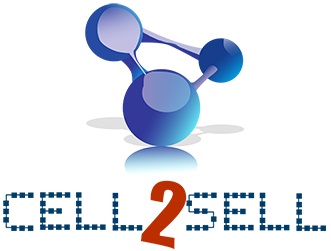
Snus or the tobacco pouch has always been culturally attached to Sweden. They warn that American snus products aren’t actually snus. Loose snus is the same product that is inside snus pouches. If you think this undermines the companies’ claim that snus can help people stop smoking, you’re not alone. The loose variety is available in small cans, while the portion packed snus is available in sachets, much like tea bags which fully dissolve in the mouth.
A snus is a small pouch, filled with tobacco or some other leaf, which you put in between your lips and gums. Loose snus is most often made of grounded tobacco and is divided into buying snus three varieties: coarse, medium and fine grind. Some people take it a step further and store snus or nicotine pouches in the freezer.
Snus is also finely ground but is enclosed in a small, teabag-like pouch which is inserted between the upper lip and gum. Snuff users spit the juice,” or excess saliva, generated by the tobacco’s flavor. Nicotine Pouches is a tobacco free brand that deliver longlasting, refreshing and rich flavors.
Swedish Snus is a smokeless tobacco product that has its roots in Sweden, dating back to hundreds of years. This will make it much easier to remove a compacted portion of snus from the tin. If you want to use snus to help you quit smoking, opt for a snus with low nicotine content, or move gradually from regular to lower nicotine content.
Nicotine pouches are legal to distribute however as they are free of tobacco. The G.3 line delivers the same high quality snus as earlier General products, but this time in a slimmer and stronger package. When properly stored, the durability of loose Snus is about 14 weeks and portion Snus 20 weeks.
A 2003 review of public health effects of snus in Sweden reported that snus users may have a small cardiovascular risk compared to nonsmokers. AM Swedish snus is a new range of snus, developed for the modern snus user who appreciates snus of the highest quality.
Their findings, which were also published in the June 16 issue of The Lancet, suggested that there were health benefits for individuals who would have otherwise kept smoking but instead switched to snus. These results show that snus users do not compensate their nicotine uptake upon switching to a snus with lower nicotine content.
In Swedish Match’s products, nicotine content varies between 0.75% and 3%. How much nicotine can be extracted from the product depends not only on the nicotine content but also the form, flavor, moisture, pH level and the type of portion paper used. Two major Swedish studies have connected the use of snus with oral cancer, and cancers of the head and neck.
This study determined that “for net harm to occur, 14-25 ex-smokers would have to start using snus to offset the health gain from every smoker who switched to snus.” 41 It is also noted, in the correspondence seen in the previous citation, 42 43 that concerns about the effect of marketing by the tobacco industry, as influenced by the results of these scientific studies, is of primary concern to many researchers in the field, including the risk of emboldening the industry to attempt to increase snus sales among young people and promote dual-use of snus and smoked tobacco, and the use of medical nicotine, rather than snus, can better target at-risk populations, given better access and pricing.
A wealth of research from Sweden shows that snus users are at far less of a risk of cancer than smokers and people who use dip and chew source: Foulds et al. Some experts even argue that snus can help people quit smoking. Moist snus contains more than 50% water, and the average use of snus in Sweden is approximately 800 grams (16 units) per person each year.
The pharmacokinetic population consisted of all subjects who received at least one test product and had evaluable pharmacokinetic data area under the plasma concentration-time curve from time 0 to tlast (AUCt0-tlast) (nominal tlast for this study was 120 minutes post start of product administration), Cmax and tmax were determined from the plasma concentrations of nicotine using noncompartmental procedures ( Committee for Medicinal Products for Human Use, 2010 ).





